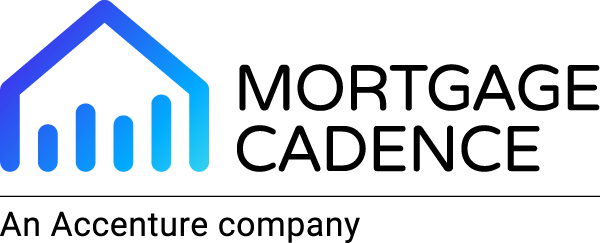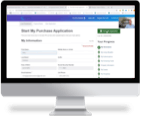"Guessing is more fun than knowing."
W.H. Auden, in his poem Archeology
While
guessing may well be more fun than knowing, companies that want to succeed in
the mortgage lending business don’t have that luxury. In today’s highly
competitive market, only high performance lenders will achieve profitability.
And high performance lending comes from knowing, not guessing.
What
we know at the macro level is the cost of making a mortgage has never been
higher, having more than doubled over the last ten years. At the same time,
productivity, the closest performance indicator cousin to cost-to-close, has
never been lower.
While
it’s not necessary to agree on the actual cost or productivity numbers, we must
acknowledge their decade-long steeply upward trajectory and the unsustainable
condition in which the industry now finds itself. Mortgage lending is, after
all, a business line that should be one of the most profitable for lenders.
Truth is, it’s not. Nothing warrants proactive change more than stagnant
profitability.
There
is another casualty in our current situation: mortgage rates. This may strike
you as odd, as in the past few years rates hit their lowest levels since 1946.
And they remain historically low, considering the last time a 5% 30-year fixed
rate loan was common was when Harry Truman was the president of the United
States and gasoline was $0.26 per gallon.
With
where rates are and where rates have been, how can rates be a casualty of the
high cost of lending?
Simple.
Every lender knows the cost of production is one of the largest variables in
their daily pricing exercise. As the cost-to-close increases, mortgage rates
rise because these costs have nowhere else to go, and nowhere else to hide. Why
has no one noticed? Simple. Rates are historically low. But how much lower
could mortgage rates be if the cost to produce was lower?
Every
$1,000 saved in production costs could be used to decrease rates by as much as
10 basis points. This constitutes a fantastic competitive advantage to the
lender who understands how to achieve a low cost-to-close.
When
it comes to the high performance lending equation, we’ve done the math and we
have the data. We know what the industry’s current problem is, and we know
there’s a solution.
We
even know where to begin.
Uncovering the High Performance
Lending Equation
At
about the same time the cost to produce a loan began increasing industrywide,
Mortgage Cadence began its long-running research study into high performance
lending.
Our
original thesis was to gauge technology’s impact on the overall mortgage
process and its role in the people, process, technology equation. Our First
Benchmark Study was published in 2012 with encouraging results; technology was
indeed helpful.
As a
leading technology provider in the mortgage realm, this was the information we
were hoping to find. It gave us objective proof that the technology employed by
lenders to originate mortgage loans mattered. But that’s not all we found.
Our
study also provided baseline lending performance results at an inflection point
in mortgage lending history. While no one could have known for sure at the
time, 2012 was the beginning of the end of the refinance era. The refi-boom
lasted one more year and then abruptly came to an end in 2014.
Seven
years later and our ongoing study goes well beyond illustrating technology’s
role in mortgage lending. It sheds light on the impacts of people and process
in the lending equation. It clearly illuminates the ongoing impact of the shift
from refinance to purchase money business. It also offers evidence of the high
cost of complying with the numerous complex regulations our industry is subject
to today.
Ultimately,
our data revealed that five Key Performance Indicators (KPIs) are crucial to
unlocking high performance lending. The proper management
of these KPIs will allow any lender to achieve uncommon success.
To
see the results of our 2018 Mortgage Cadence Benchmark Study,
download the paper today.



